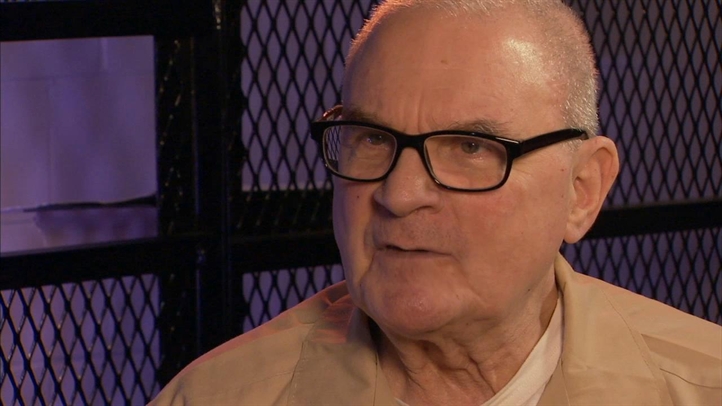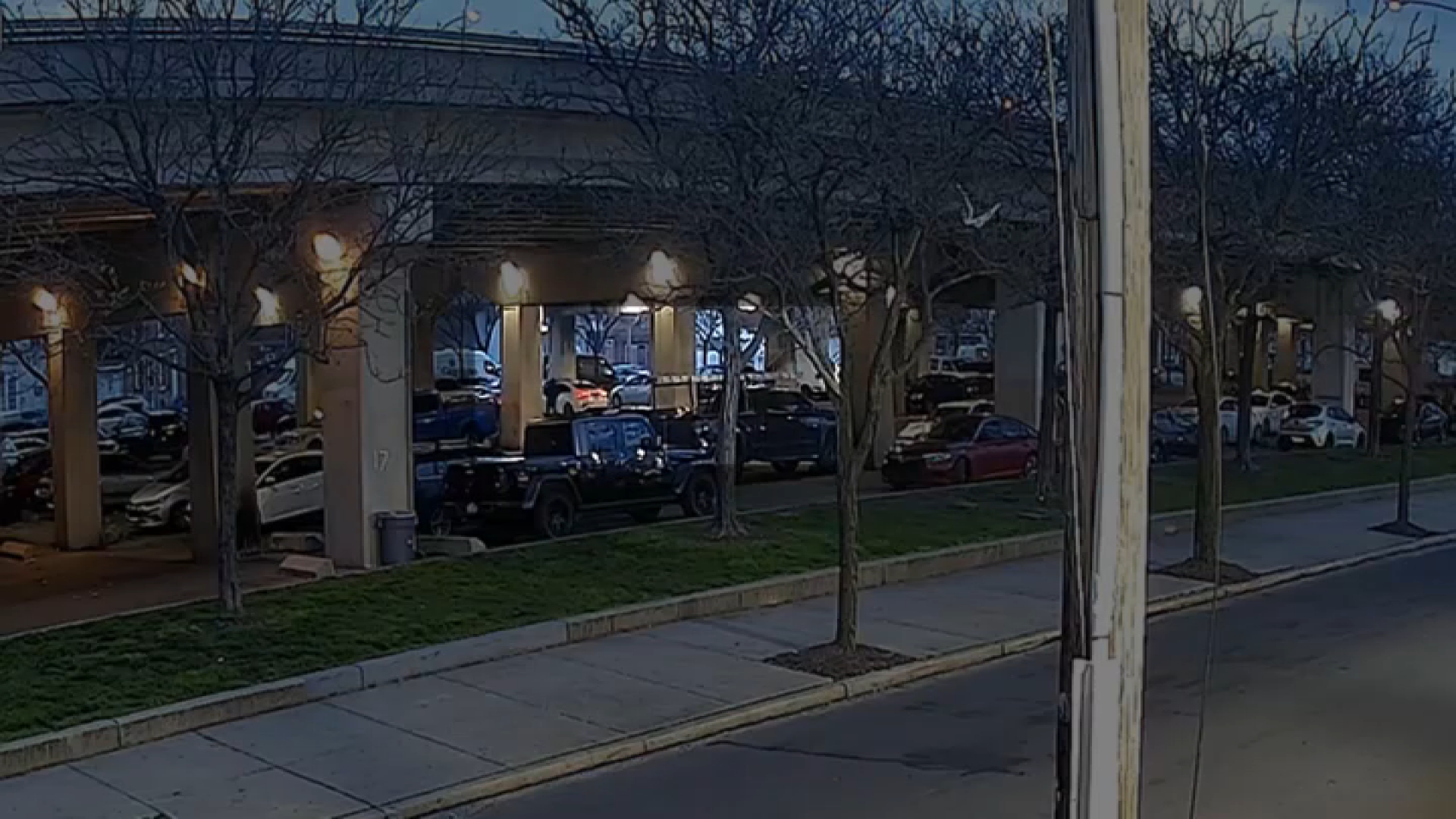What to Know
- The number of people in Philadelphia who can't afford enough food increased by 22 percent in the last six years.
- Some 300,000 people in the city, roughly 1 in 5 residents, live in households that the federal government determined to be "food insecure."
- More than 25 percent of Philadelphians live in poverty, according to 2017 Census figures.
EDITOR'S NOTE: NBC10 and Telemundo 62 are taking part in the Broke In Philly project. Newsrooms across the city are covering the economic issues affecting you. And a new report shows people in Philly are feeling the squeeze on their wallets. Find our stories here. And follow the collaboration on Twitter at @BrokeinPhilly.
The number of people in Philadelphia who can't afford enough food increased by 22 percent in the last six years, a figure made grimmer by the fact that hunger nationwide has decreased over that same period, according to data compiled in a new report.
More than 300,000 people in the city, roughly one in five residents, live in households that the federal government determined to be "food insecure," meaning they are "unable to always afford sufficient food," the report by Hunger Free America said. It analyzed population data from 2015-2017.
That's in an increase from 2012-2014 figures, the report said, which noted that 250,000 residents, or one in six residents were food insecure during those years.
The nonprofit released its findings Monday in conjunction with the city-based food bank, Philabundance.
The findings provide another reminder of how impoverished Philadelphia remains, compared to America's other largest cities. More than 25 percent of Philadelphians live in poverty, according to 2017 Census figures. That is the highest percentage of the 10 largest cities in the country.
Local
Breaking news and the stories that matter to your neighborhood.
"While Philadelphia originally led the nation in freedom, it is heartbreaking that it now trails the nation in fighting local hunger,” Hunger Free America CEO Joel Berg said in a statement. “A city and region with so many residents unable to afford a full supply of food isn’t truly free."
Berg said ending hunger isn't just about providing more food, but that job creation, wage increases and an improved societal safety net for the most vulnerable must be focuses too.
Philabundance chief operating officer Melanie Cataldi called the increase in food insecurity "devastating, but not surprising."
"We concur with Hunger Free America that in order to end hunger, we can’t just provide food, but must also offer better paying jobs, access to healthcare, financial assistance, education, and other social services that help alleviate the root causes of hunger," Cataldi said. "Collaborating on these issues through food will be Philabundance’s focus over the next five years so we can help provide opportunities for our neighbors to rise up out of poverty."
Other findings of the study include:
- Food insecurity increased 7 percent in Pennsylvania between 2012-2014 and 2015-2017, but decreased 26 percent in New Jersey and 8 percent in Delaware. The report cited minimum wages in each state: $7.25 in Pennsylvania, $8.25 in New Jersey and $8.44 in New Jersey.
- Of the 680,000 people who lived food insecure in the greater Philadelphia region from 2015-2017, 240,000 were working during that time period. The federal poverty line is $19,337 in annual income for a family of three.
- The cost of ending hunger in Philadelphia would take increasing the purchasing power of food-insecure families by $158 million. In the greater metropolitan area, it would cost $355 million. The report came to those figures by analyzing U.S. Department of Agriculture data on how much people who are struggling against hunger spend on food versus how much non-hungry people spend on food.



